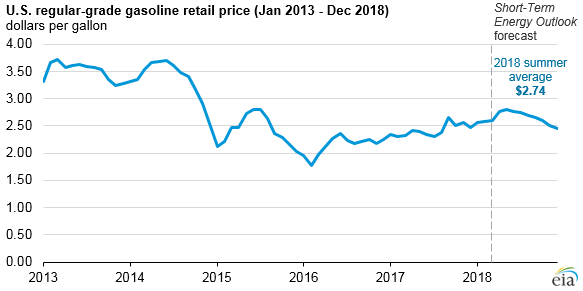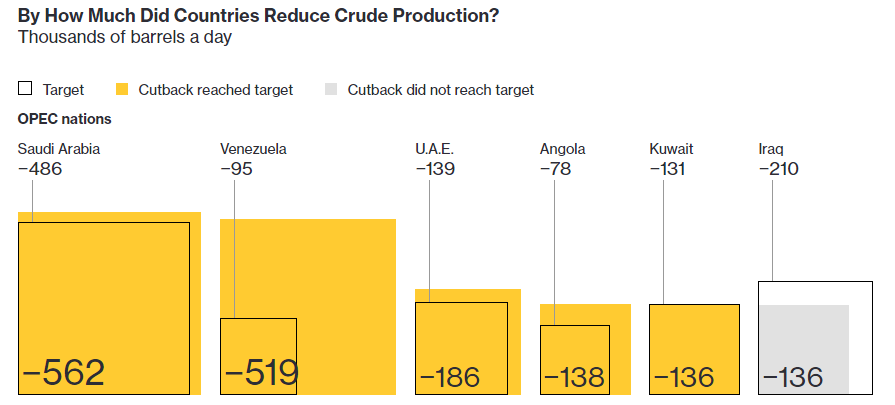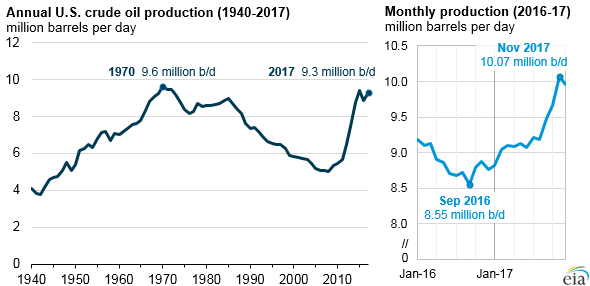Three Reasons Gas Prices Will Be Higher this Summer, and One Reason They Won’t Be as High as They Could Be
There’s good news and bad news. Gas prices this summer are forecast to be higher than they have been for the last four years, according to the U.S. Energy Information Administration.
Here are three reasons gas prices will be higher this summer than last year, and one reason why they won’t be as high as they could be:

1) Summer gasoline blends cost more to produce than winter blends.
Gas prices are always higher in the summer months than the winter months because state and federal regulations require the use of summer grade gasoline, which is more expensive to manufacture. This is because oil refiners must make a type of gasoline that is less prone to evaporation. Reducing this evaporation helps prevent emissions that contribute to smog.
Fortunately, Minnesota will have lower gasoline prices relative to many areas of the country, particularly California and the Northeastern parts of the country, where additional environmental standards are applied and gasoline taxes are generally higher.

2) Demand for gasoline is higher in the summer months than at other times of the year.
This factor probably doesn’t surprise anyone. As families pile into the car for summer trips, the demand for gasoline necessarily increases and prices go up along with it.
3) Saudi Arabia, Russia, and the other members of the Organization of Petroleum Exporting Countries (OPEC) have reduced their oil production to drive up prices.
On November 30, 2017, OPEC announced an extension of its agreement to reduce crude oil production through the end of 2018, which is a continuation of their policy to restrain oil production to keep oil prices high.


(This figure from Bloomberg shows reductions in crude oil output by members of OPEC and other countries that are not part of OPEC, but have voluntarily reduced oil production.)
Under this agreement, OPEC countries and Russia have essentially agreed to keep their oil production flat. Because global oil demand is forecast to increase by about 1.6 million barrels per day, the agreement means oil supply will not be enough to keep prices low with increased demand.
One reason oil prices won’t increase that much.
In the past, American consumers wouldn’t have much recourse if OPEC or any other country decided to limit the amount of oil they produced in order to keep prices high, but America’s newfound wealth of oil severely limits their ability to increase oil prices.
Increasing production due to hydraulic fracturing in the United States, particularly in states like Texas, North Dakota, New Mexico, Oklahoma, and Colorado, will make the U.S. the world’s largest producer of oil in 2018.

Increasing oil production in the U.S. will put an upward cap on the prices Minnesotans pay at the pump this summer.